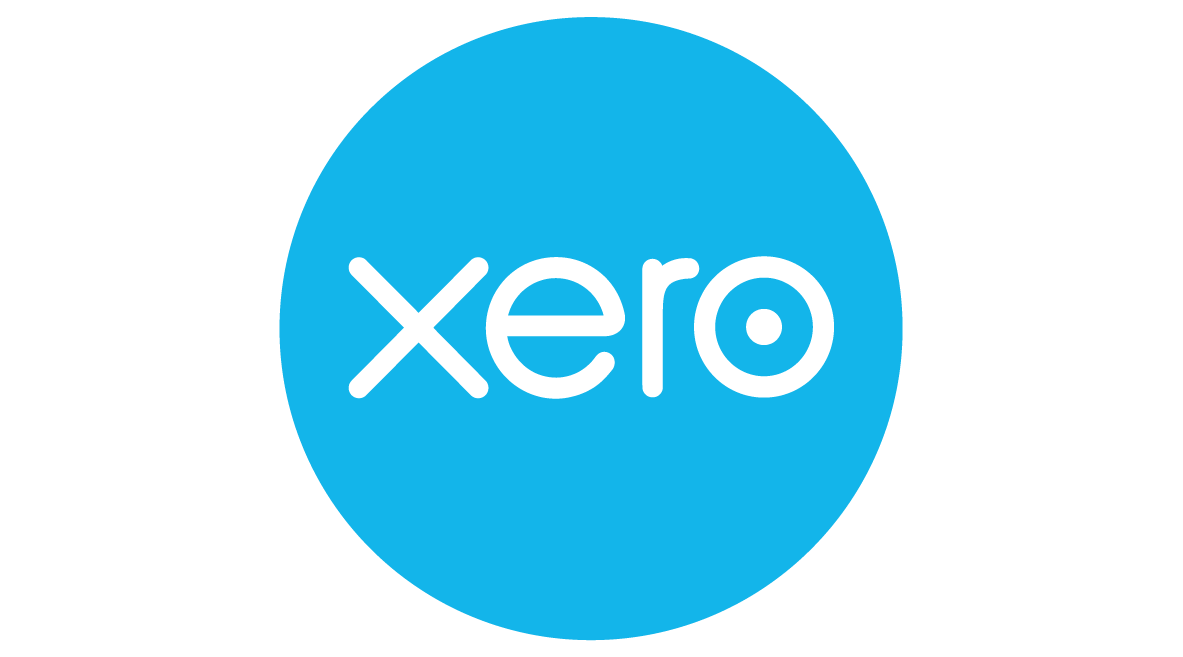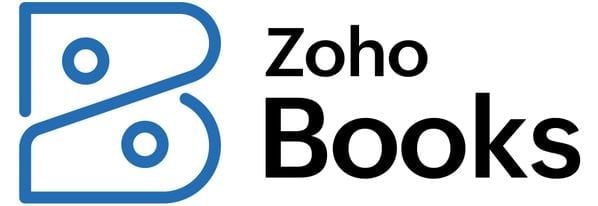Chart of Accounts: Definition, Guide and Examples

Many or all of the products featured here are from our partners who compensate us. This influences which products we write about and where and how the product appears on a page. However, this does not influence our evaluations. Our opinions are our own. Here is a list of our partners and here's how we make money.
A chart of accounts is the filing cabinet you’ll find at the heart of your accounting system.
It categorizes transactions into primary accounts such as assets, liabilities, equity, expenses and revenue. Subaccounts can be used to categorize transactions further.
Accounting software products typically come with a standard chart of accounts or let you import your own. You can work with an accountant to best modify it according to your business’s structure.
A chart of accounts is the filing cabinet you’ll find at the heart of your accounting system.
It categorizes transactions into primary accounts such as assets, liabilities, equity, expenses and revenue. Subaccounts can be used to categorize transactions further.
Accounting software products typically come with a standard chart of accounts or let you import your own. You can work with an accountant to best modify it according to your business’s structure.
Small businesses may record hundreds or even thousands of transactions each year. A chart of accounts (COA) is a comprehensive catalog of accounts you can use to categorize those transactions. Think of it as a filing cabinet for your business’s accounting system. Ultimately, it helps you make sense of a large pool of data and understand your business’s financial history.
Your accounting software should come with a standard COA, but it’s up to you and your bookkeeper or accountant to keep it organized. Here are tips for how to do this, plus details about what a COA is, examples of a COA and more.
What is a chart of accounts?
A COA is a list of the account names a company uses to label transactions and keep tabs on its finances. You use a COA to organize transactions into groups, which in turn helps you track money coming in and out of the company.
COAs are typically made up of five main accounts, with each having multiple subaccounts. Most QuickBooks Online plans, for example, support up to 250 accounts. The average small business shouldn't have to exceed this limit if its accounts are set up efficiently. Your accountant or bookkeeper can help make sure this is the case.
FEATURED
How does a chart of accounts work?
In accounting, each transaction you record is categorized according to its account and subaccount to help keep your books organized. These accounts and subaccounts are located in the COA, along with their balances.
A typical chart of accounts has five primary types of accounts:
Assets.
Liabilities.
Equity.
Revenue.
Expenses.
An expense account balance, for example, shows how much money has been spent to operate your business, whereas a liabilities account balance shows how much money your business still owes.
When you reference your COA from within your accounting software, you might also notice a “view register” option next to an account name. This shows you a record of all the transactions that have been associated with that account over time, making it easier for you and your accountant to spot errors and misclassifications. Each account usually has an account number and a description, too.
How a chart of accounts benefits your small business
The main accounts within your COA help organize transactions into coherent groups that you can use to analyze your business’s financial position. In fact, some of the most important financial reports — the balance sheet and income statement — are generated based on data from the COA’s main accounts.
Chart of accounts example
A company’s COA might include the five primary accounts, plus a range of subaccounts for each. The more complex a business, the more accounts it likely has. The following videos show how some COA features work in two different types of accounting software: QuickBooks Online and Xero.
Here's how to categorize transactions in QuickBooks Online and navigate the COA. Most COAs will look structurally similar to the one shown.

Though most accounting software products set you up with a standard COA or let you import your own, it’s a good idea to have an accountant scan it and add any other accounts that are specific to your business. The video below explains how to add new accounts in Xero.

How is a chart of accounts organized?
Asset, liability and equity accounts are generally listed first in a COA. These are used to generate the balance sheet, which conveys the business’s financial health at that point in time and whether or not it owes money. Revenue and expense accounts are listed next and make up the income statement, which provides insight into a business’s profitability over time.
The table below reflects how a COA typically orders these main account types. It also includes account type definitions along with examples of the types of transactions or subaccounts each may include.
Assets: any resource your company owns that provides value. Assets may include the following.
|
Liabilities: any debt your company owes. Liabilities may include the following.
|
Equity: what’s left after subtracting a company's liabilities from its assets. Equity accounts may include the following.
|
Revenue: the money your business brings in from the sale of its goods or services. Revenue accounts may include the following.
|
Expenses: all the types of money and resources a business spends in an effort to generate revenue. To calculate net income, subtract expenses from revenue. Expense accounts may include the following.
|
Chart of accounts numbering
Traditionally, each account in the COA is numbered, and accountants can quickly identify its type by the first digit. For example, asset accounts for larger businesses are generally numbered 1000 to 1999 (or 100 to 199), and liabilities are generally numbered 2000 to 2999 (or 200 to 299). Small businesses with fewer than 250 accounts might have a different numbering system.
Chart of accounts best practices
Wait to delete old accounts. In the interest of not messing up your books, it’s best to wait until the end of the year to delete old accounts. Merging or renaming accounts can create headaches come tax season. However, you can add new accounts at any time.
Don’t go overboard with your accounts. Create a COA that gives you important information. That doesn’t mean recording every single detail about every single transaction. You don’t need a separate account for every product you sell, and you don’t need a separate account for each utility. Certain items can be lumped together.
Aim for consistency. Create a COA that doesn’t change much year-over-year. This way you can compare the performance of different accounts over time, providing valuable insight into how you are managing your business’s finances.
Prune your accounts. At the end of the year, review all of your accounts and see if there's an opportunity for consolidation. This will make handling your accounts more manageable.
Stacy Kildal, a former Fundera writer, contributed to this article.
A version of this article was first published on Fundera, a subsidiary of NerdWallet.
On a similar note...

| Product | Starting at | Promotion | Learn more |
|---|---|---|---|
 QuickBooks Online NerdWallet Rating Learn more on QuickBooks' website | $30/month Additional pricing tiers (per month): $60, $90, $200. | 50% off for first three months or free 30-day trial. | Learn more on QuickBooks' website |
 Xero NerdWallet Rating Learn more on Xero's website | $15/month Additional pricing tiers (per month): $42, $78. | 30-day free trial or monthly discount (terms vary). | Learn more on Xero's website |
 Zoho Books NerdWallet Rating Learn more on Zoho Books' website | $0 Additional pricing tiers (per month): $20, $50, $70, $150, $275. | 14-day free trial of the Premium plan. | Learn more on Zoho Books' website |
 FreshBooks NerdWallet Rating Learn more on FreshBooks' website | $19/month Additional pricing tiers (per month): $33, $60, custom. | 30-day free trial or monthly discount (terms vary). | Learn more on FreshBooks' website |

